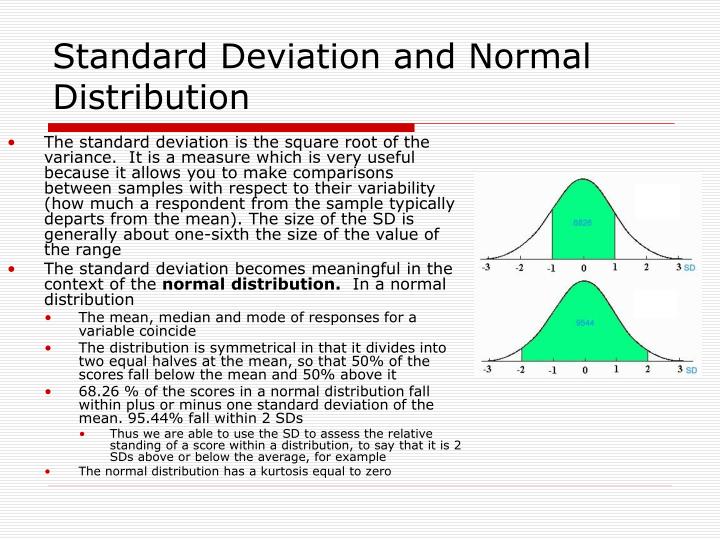
The probability of any outcome that is just as likely as the observed outcome (4 wins and 0 losses) The probability of the observed outcome (0 wins and 4 losses) To calculate the p-value, we sum up the following: The probability of getting 0 wins and 4 losses = 1/16 The probability of getting 1 win and 3 losses = 4/16

The probability of getting 2 wins and 2 losses = 6/16 The probability of getting 3 wins and 1 loss = 4/16 The probability of getting 4 wins and 0 losses = 1/16 Since we are only concerned about the total number of wins and losses, and not concerned at all with their order, the outcomes and probabilities we care about are the following: If we assume the null hypothesis is true-that the dice are fair)-each of these outcomes is equally likely, with a probability of 1/16. In each round, there are only two possible outcomes (odd or even), and after four rounds, there are a total of 2 4 2^4 2 4, or 16, outcomes. To calculate the p-value, we map all of the possible outcomes of playing four rounds of the game. Your alternative hypothesis is that the dice are weighted towards landing on odd numbers. The null hypothesis will be that the dice used in the game are indeed fair and that there is an equal chance of rolling an even or odd number with each roll. Given your losses, you may be interested in conducting a hypothesis test. This leaves you $3.20 poorer than before you started playing. Let’s say you play four rounds of the game, and you lose all four rounds. You can play the game for as many rounds as you like. If you roll an odd number, you count that as a loss (or failure) and lose $0.80. If you roll an even number, you count that as a win (or success) and earn $1. The rules of the game are as follows: You roll a single die. The probability of all outcomes that are just as likely as the observed outcomeĪnd the probability of any outcome that is less likely than the observed outcomeĪ stranger invites you to play a game of dice, and claims her dice are fair. The p-value will then be the sum of three things: If your data consists of a discrete random variable, you can map out the entire set of possible outcomes and their respective probabilities in order to calculate the p-value. Calculating p-Values for Discrete Random VariablesĪs mentioned earlier, the p-value is the probability of observing sample data that’s at least as extreme as the observed sample data, assuming that the null hypothesis is true. When the p-value is greater than the significance level, the evidence favors the null hypothesis, and the researcher or statistician must fail to reject the null hypothesis. For this reason, choosing a lower significance level means that you can have more confidence in your decision to reject a null hypothesis.

Remember, however, that the lower the p-value, the stronger the evidence is in support of the alternative hypothesis. You could just as easily use a significance level of 0.1 or 0.01, for example. The most commonly used significance level is 0.05 or 5%, but the choice of the significance level is up to the researcher. This threshold is known as the significance level (or alpha level) of the test. When the p-value is below a certain threshold, the null hypothesis is rejected in favor of the alternative hypothesis. Reject or Fail to Reject the Null Hypothesis? The closer the p-value is to zero, the stronger the evidence is in support of the alternative hypothesis, H a H_a H a . The p-value can be used in the final stage of the test to make this determination.īecause it is a probability, the p-value can be expressed as a decimal or a percentage ranging from 0 to 1 or 0% to 100%. The goal of a hypothesis test is to use statistical evidence from a sample or multiple samples to determine which of the hypotheses is more likely to be true. In a hypothesis test, you have two competing hypotheses: a null (or starting) hypothesis, H 0 H_0 H 0 and an alternative hypothesis, H a H_a H a . It represents the probability of observing sample data that is at least as extreme as the observed sample data, assuming that the null hypothesis is true. Calculating p-Values for Discrete Random VariablesĬalculating p-Values for Continuous Random VariablesĪ p-value (short for probability value) is a probability used in hypothesis testing.


 0 kommentar(er)
0 kommentar(er)
